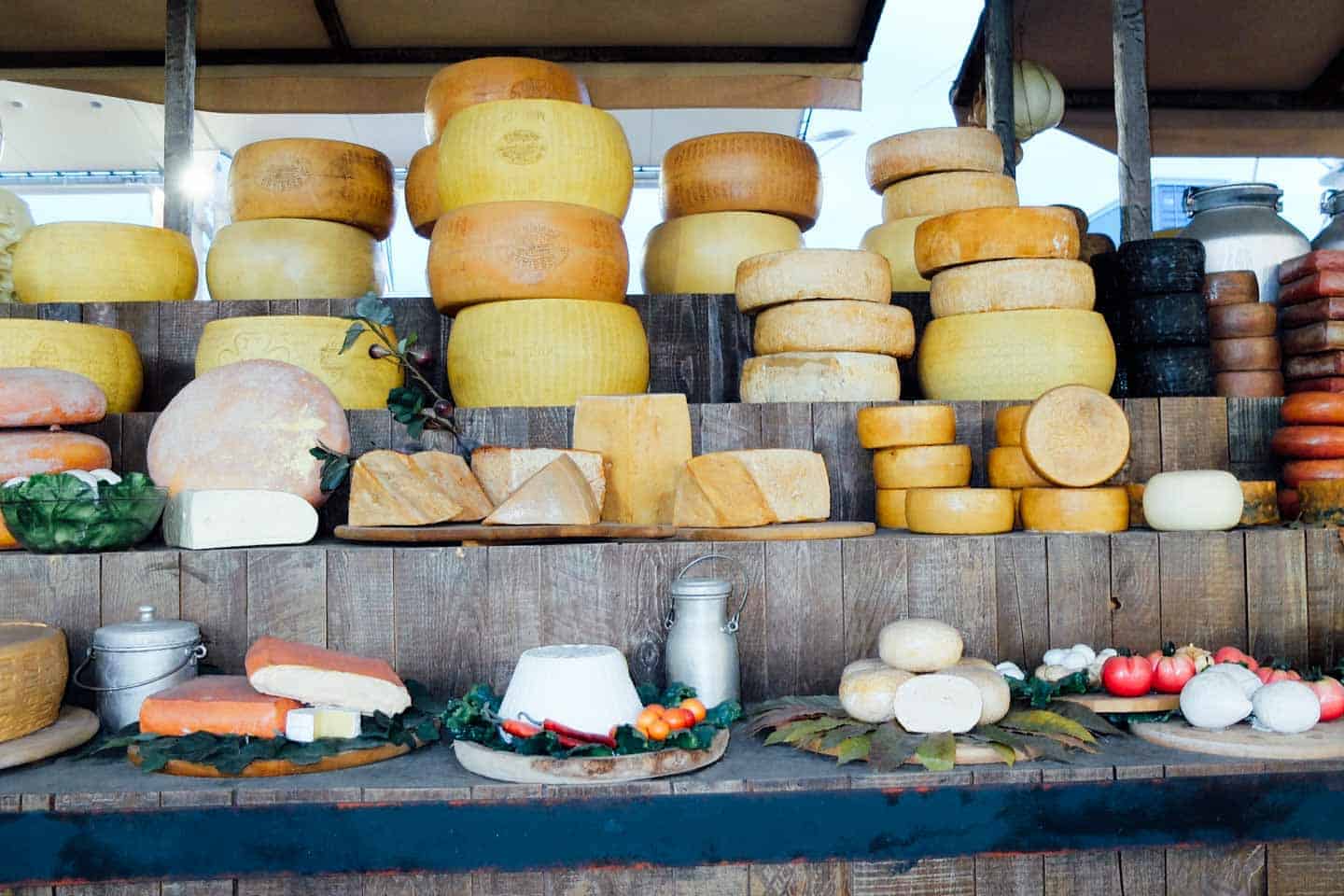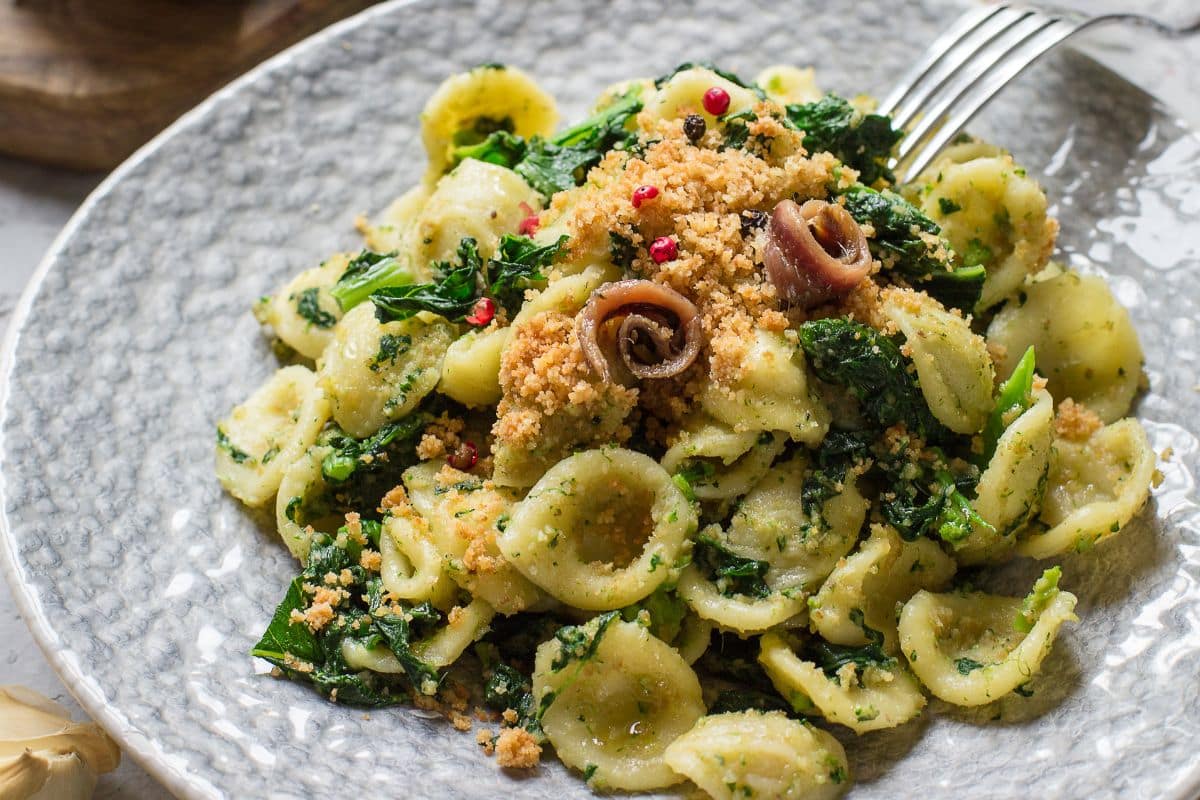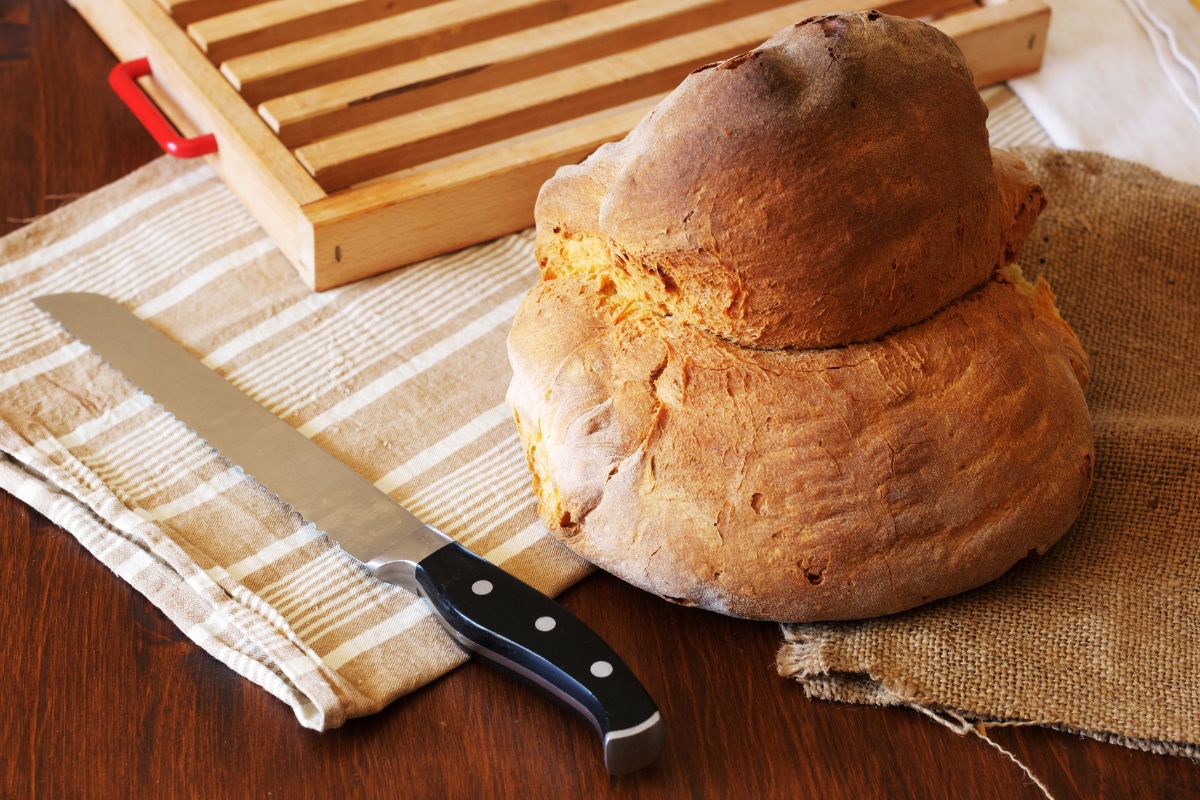Top 5 Tastes: Puglia
Puglia may be lesser known than other Italian hotspots, which makes it a true hidden gem, offering incomparable views of the Adriatic Sea, distinctive food and wine, and year-round relaxation. Italians flock to this region, especially in summer, for the perfect escape— exploring the honeycomb caves in Matera, strolling through rows of fertile vineyards and ancient olive orchards, and, of course, indulging in its vibrant culinary scene. After prepping your taste buds in Whet Your Appetite: Puglia, we're now highlighting five must-try flavors that capture the essence of this impressive region.

1. Canestrato Pugliese
While Puglia’s coasts are perfect for fishing and seafood harvesting, the region’s rocky interior lands are ideal for sheep farming, thanks to its arid landscape and rich pasturelands. Plentiful sheep mean an abundance of sheep’s milk cheeses, such as Canestrato Pugliese, one of the region's prized DOP (Denominazione di Origine Protetta) cheeses. This cheese takes its name from the reed baskets— canestri— used during its aging process, which imprint a distinctive woven pattern on the rind. Made primarily in the provinces of Bari and Foggia, Canestrato Pugliese offers a range of flavors: fresh versions are delicate and mild, while those aged from two to ten months develop a sharper, more robust taste. Pair the fresh cheese with fruits like figs and pears for a refreshing contrast, while the aged variety adds depth when grated over pasta dishes or served with a bold red wine such as Primitivo.

2. Orecchiette
Puglia is home to a variety of distinctive pastas: troccoli, cavatelli, stacchiodde, and on and on. The most popular, however, is called orecchiette or “little ears”– its name coming from the characteristic shape. This beloved pasta is a staple in Puglian kitchens, lending itself to many traditional recipes. One favorite is Orecchiette alle cime di rapa— a dish featuring broccoli rabe, garlic, and olive oil, with a subtle heat from chili peppers. Orecchiette is also frequently prepared with the region's abundant fresh seafood, such as mussels, or with interesting, homegrown herbs like wild chicory or wild fennel.

3. Pane di Altamura
The Puglia region is renowned for its bread, particularly the rustic loaves from Altamura, an area within the province of Bari. Known across Italy and even globally, Pane di Altamura achieved Protected Designation of Origin (PDO) status in 2003, ensuring its traditional methods and ingredients are preserved.
What makes it so special? For starters, it has been a staple in Puglia for thousands of years, with roots that stretch back to ancient times. Latin poet Horace (Orazio) praised it in 37 BC as the best bread he had ever tasted. Historically, the dough was prepared at home and brought to communal wood-fired ovens (forni a legna) to bake alongside other family loaves.
Pane di Altamura’s unique character comes from its traditional recipe, which uses Semola di grano duro (durum wheat flour), natural yeast, water, and sea salt. The high water content in the dough results in an incredibly moist, golden-crusted bread that stays fresh for up to two weeks, making it both flavorful and long-lasting— a true artisanal product that speaks to the heart of Puglian food culture.

4. Primitivo Wine
A substantial amount of wine is produced every year in Puglia, and previously, much of this wine was used to fortify northern wines or was turned into vermouth. However, more and more grapes from Puglia are being perfected. Primitivo— close to Zinfandel — is growing in popularity. It’s a full-bodied red wine with distinct dark and fruity flavors, such as figs, blueberries, and blackberries.
5. Bombette
A beloved street food and culinary specialty from Puglia, bombette are particularly common in the Valle d'Itria area. These small meat rolls are traditionally made from thin slices of pork, stuffed with ingredients like caciocavallo cheese, herbs, and sometimes prosciutto or pancetta. Once filled, the pork is rolled, secured, and grilled, resulting in a tender, flavorful bite with a slightly smoky char from the grill. Bombette are often served at local festivals and in butchers’ shops that specialize in fornelli pronti, where meats are cooked on-site. The name "bombette" translates to "little bombs," aptly describing their explosive flavor in a small package.
Ready to immerse yourself in the beauty of Puglia? Discover our exclusive program and start planning your perfect getaway!
